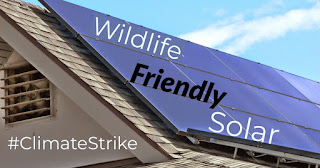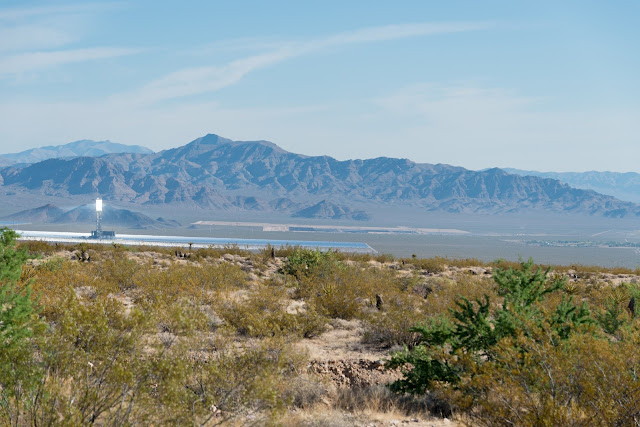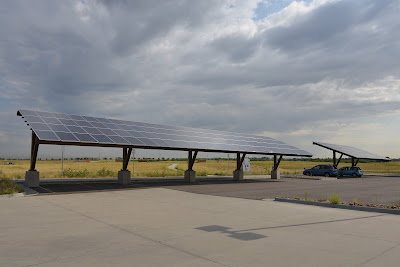Steering Economic Stimulus Toward Sustainability: A Case for Distributed Generation

As lawmakers debate stimulus programs to bolster an economy that has sunk in the wake of the coronavirus pandemic, there are calls for incentives and grants for renewable energy companies. What can we learn from the last major renewable energy stimulus, and how can we pursue a bold and progressive program that supports people more than corporations , and protects wildlands more than rich investors? As the Los Angeles Times points out , the last major stimulus aimed at the renewable energy industry occurred under the Obama administration. Investors and corporations benefited the most from this approach. Some of those grants and incentives spurred research and development, and others supported "steel in the ground," such as large-scale solar projects on public lands in the desert. Those large projects created mostly temporary jobs, and often resulted in unnecessary destruction of key wildlands. For example, the natural gas-burning Ivanpah Solar project ...








